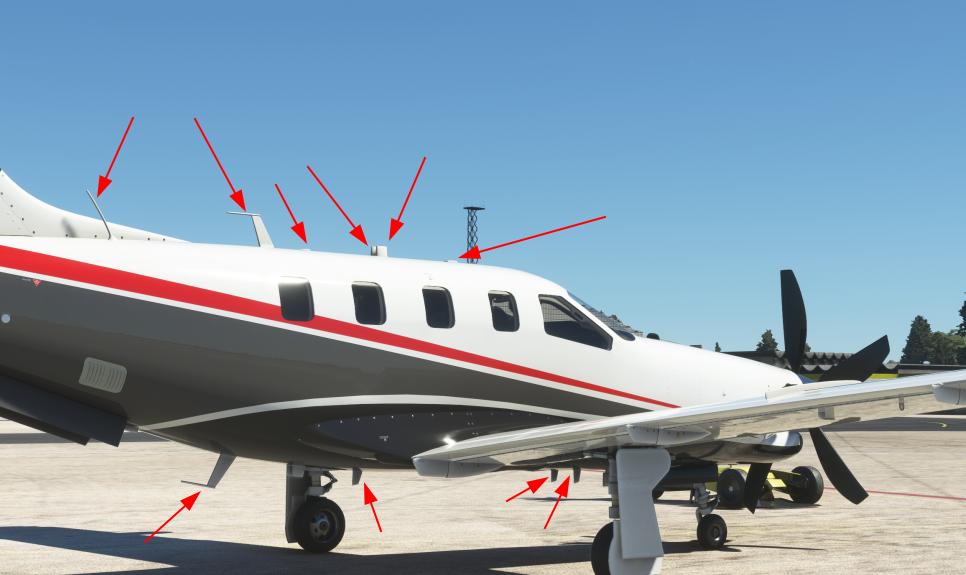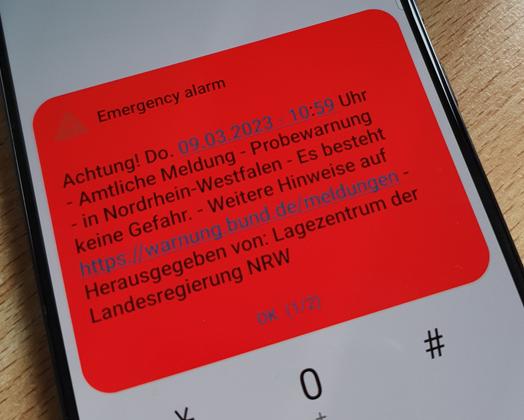I’m a bit of a fanboy of the Apollo moon program of the 1960s, so a recent post by Nick comparing the computing power of a typical SIM card today with the Apollo Guidance computer of the 1960 definitely sparked my interest!
Continue reading A SIM Card vs. the Apollo Guidance ComputerGoing Car-Less – Half a Year Later
Half a year ago, I decided to retire my car I had for 22 years and not to buy a new one. As I live in Cologne in Germany, I don’t need a car to get around in the city, but suddenly not having a car was something quite unfamiliar. So how does the situation look like half a year later?
Continue reading Going Car-Less – Half a Year LaterReality Bites – Flight Simulation – Part 8 – Radios In Planes

When flying in the simulator, I’m quite amazed how many radios a modern GA airplane or airliner has on board. Sometimes, it feels more like a flying radio tower than an airplane. The picture above and below shows the antennas of a Daher TBM 930 turbo-prop plane on its roof and its underside. Needless to say that all radio systems are not only used in reality, but also in the simulation, particularly when flying on Vatsim. So what are all those antennas for?
Continue reading Reality Bites – Flight Simulation – Part 8 – Radios In PlanesStreaming Approved Metros
These days, I’d say that the majority of underground metros do have 4G and 5G network coverage. There are a few inglorious cities that haven’t gotten their act together for years now, but let’s not talk about them today. Let’s rather talk about the positive examples, i.e. those metros that have gone the next step.
Continue reading Streaming Approved MetrosWhen All Else Fails – The Garmin InReach Mini 2 – Part 13 – Hearing Iridium

I’m sure you’ve heard the typical ‘GSM sound’ on an FM radio by chance when a phone call comes in and the phone was close to a radio. It doesn’t happen that much anymore of course, as devices are mostly camping on LTE and 5G networks these days. But if you manually select GSM, you can still hear it today. So I was wondering if I could also ‘hear’ Iridium uplink transmissions of my Garmin InReach Mini 2 on the radio?
Continue reading When All Else Fails – The Garmin InReach Mini 2 – Part 13 – Hearing IridiumEU-Alert – Will It Stop Alerting Eventually?

Recently, two federal states in Germany tested their EU-Alerting System implementation. Based on the cell broadcast mechanism that exists in all 3GPP network technologies since the the days of GSM, it makes phones emit a loud warning signal and shows a message on the screen. It definitely does wake one up, as I already discovered in 2016 in the Netherlands when they had one of their regular test runs of their system.
So while one is inclined to confirm and thus silence the alert as quickly as possible, I wondered if it would eventually stop on its own. Why? Well, every now and then I do have a phone lying around at home while I’m not there. It would be pretty unfair to the neighbors if it kept alerting indefinitely. So I collected a number of different phones and didn’t touch them once the alerts got going. And indeed, after 5 minutes, they all dropped silent simultaneously. Good for the neighbors!
Does SPF make Google Mail Happier?

In our household we mostly use Ionos (formerly 1&1) for forwarding our email correspondence. While I personally had little to no issues so far with dropped emails due to spam filters of Google, Microsoft, etc., other members of the household were not so lucky recently. The main problem of emails erroneously dropped by spam filters is that there is no way of knowing that this has happened until people tell you that they haven’t received an email. Since I’m not affected, I was wondering why it happened to other family members recently more than once, and what could potentially be done about it.
Continue reading Does SPF make Google Mail Happier?NTN – Part 6 – Satellite Mobility
In the previous episodes, I’ve gone into some of the details of the Non-Terrestrial Network (NTN) extensions specified in 3GPP Rel. 17 36.300 and 38.300. One main aspect I haven’t addressed so far is mobility, so let’s have a look at that today! Actually, mobility in NTN is even more fun than in terrestrial networks because it’s not only the mobile device but also ‘the network’ that can potentially move from one place to another!
Continue reading NTN – Part 6 – Satellite MobilityA First Test of Whisper AI

While the press and pretty much everybody focuses on ChatGPT these days, there’s another project of the same company that was recently open sourced that promises to create transcripts of video and audio files. It’s called Whisper AI. As I do get audio files every now and then for which a transcript would be helpful, I installed a local instance and gave it try.
Continue reading A First Test of Whisper AINTN – Part 5 – Why Does the UE Need a GPS Fix?
And again a seamless continuation from part 4 on 3GPP’s Non-Terrestrial Networks specification extension in Release 17 in which I’d like to come back to a particular requirement: The mobile device has to be aware of its location, which means it has to get a GPS fix before it can contact the network via a satellite. This is an interesting and quite ‘uncommon’ requirement compared to how satellite communication works today. 3GPP describes this as follows in TS 36.300:
Continue reading NTN – Part 5 – Why Does the UE Need a GPS Fix?